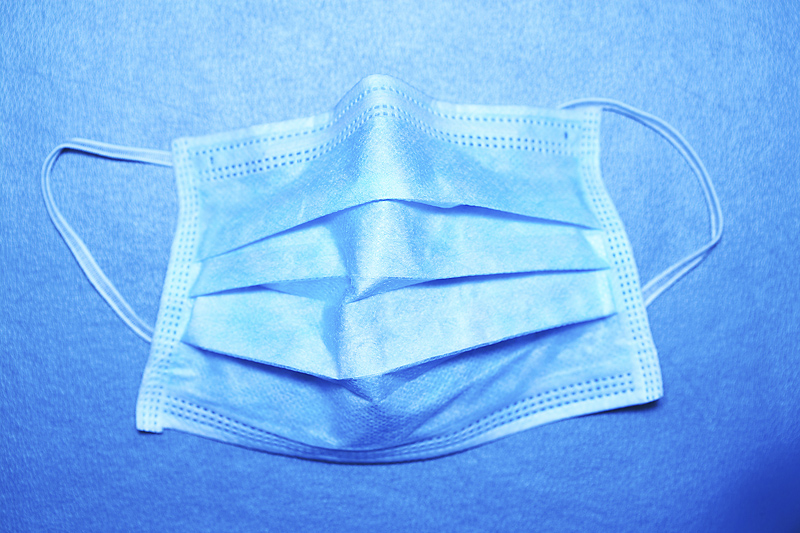
WEDNESDAY, Oct. 10 (HealthDay News) — A 2008 shift in Medicare/Medicaid policy that cut off reimbursements for costs related to preventable infections in hospitals did not improve infection rates, new research indicates.
The change, mandated by Congress, meant hospitals would no longer receive payments for the treatment of certain patient infections if they occurred after a patient was admitted for care.
The purpose of the new policy was to nudge hospitals into reining in the incidence of avoidable infections that included catheter-associated bloodstream and urinary tract infections and ventilator-associated pneumonia.
But this new analysis, involving data collected from nearly 400 hospitals, revealed that a downward trend in such infections was actually under way well before the policy took effect.
“What we found basically was that infection rates have been steadily declining since 2006, but this financial penalty didn’t actually add any benefit in terms of further reducing rates of infections,” said study author Dr. Grace Lee, an associate professor with the Harvard Pilgrim Health Care Institute and Harvard Medical School in Boston “They were already going down both before and after the policy was implemented.”
Lee and her colleagues discuss their findings in the Oct. 11 issue of the New England Journal of Medicine.
To gauge the impact of the policy change, the team sifted through the standardized surveillance records on in-hospital infections that had been compiled by infection-control staff working at 400 acute care hospitals in 41 states. For the most part, the data covered the period from 2006 through 2011.
The result: The policy change appeared to have had no impact on the infections it was designed to target.
Why? The study authors suggested that a combination of factors, both positive and/or confusing, could be at play. On the one hand, they noted that other previous national and local efforts to bring down infection rates might have beat the new policy to the punch.
On the other hand, hospitals might have set out to implement more rigorous coding procedures once the policy took effect, such that more of an effort was made to better catch and log infections present at admission rather than catching them post-admission. If so, this could reflect the advent of improved administrative skills in hospitals, rather than better quality of care or patient safety.
Regardless of its true effect, Lee indicated that the new policy may have more broadly helped to keep the conversation about hospital infections front and center.
“National attention to infection prevention is an important thing in general,” she said. “There’s been a lot of attention paid to infection rates in hospitals, and it appears that all of these national, regional and local efforts [are] working. In terms of bringing increased attention to the issue, it’s important in terms of getting hospital leadership attention.”
“But no, in terms of actual patient outcomes, this particular penalty didn’t improve the situation,” Lee added.
Dr. Jeffrey Rothschild, an associate physician at Brigham and Women’s Hospital in Boston, suggested that the findings are not unexpected.
“This is a really difficult thing to study, because often the data and discharge coding concerning hospital infections doesn’t actually reflect what’s really happening,” Rothschild said. “But we do know there has been gradual improvement underway for some time in most hospitals in trying to reduce these kinds of infections, with an improved use of checklists and other interventions that hospitals have adopted.”
“I’m not really surprised that they didn’t find that the policy had a noticeable impact,” Rothschild added. “However, I think the policy is sensible, and I think it’s reasonable to continue it as a policy measure because the [new] policy is the result of growing literature showing that there are too many hospital-acquired infections that are often quite preventable. It sends the right message to hospitals that if they haven’t started to work on this issue yet, there is an incentive for them to do so.”
More information
For more on hospital infections, visit the U.S. Centers for Disease Control and Prevention.

